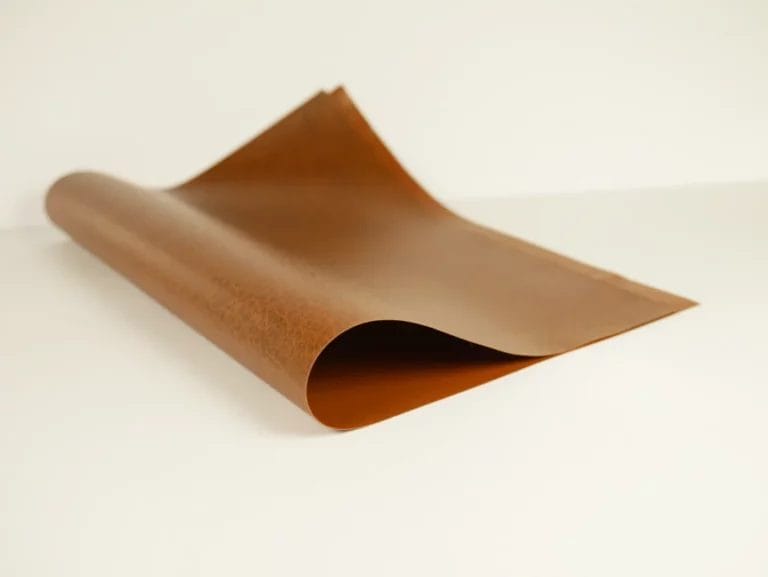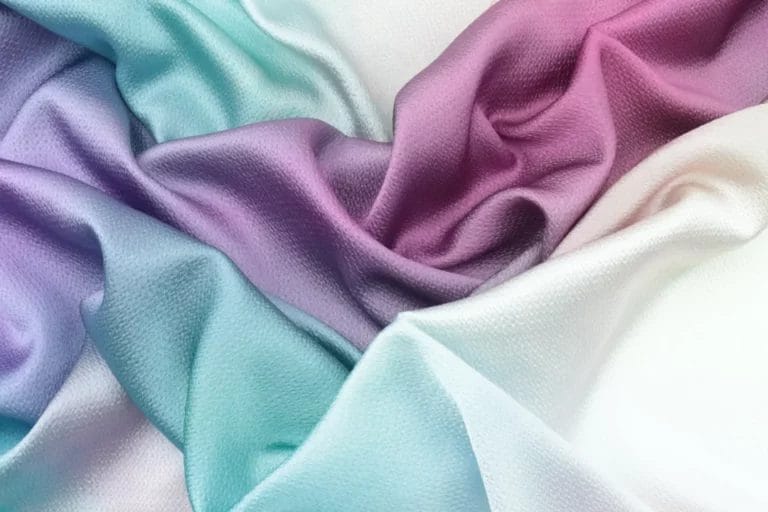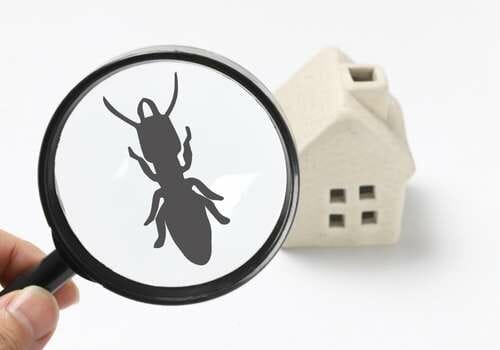The Eco-Friendliness of Pistachio Shells: Are Pistachio Shells Compostable?
Discover the surprising eco-friendliness of pistachio shells and how composting them can reduce waste, enrich your soil, and protect the environment.
Ever wondered what to do with those leftover pistachio shells? If tossed in the trash, these hard shells can take years to decompose. This blog post will guide you on how to put them to good use by composting them efficiently at home.
Let’s turn your waste into wealth!
- Pistachio shells are compostable and can be broken down over time to provide nutrients for plants.
- Composting pistachio shells helps reduce methane emissions, decrease the use of chemical fertilizers, and enrich soil while suppressing pests.
- Crushing the shells before composting accelerates decomposition and creates a more efficient composting process.
- Other nut shells like walnuts, almonds, and hazelnuts can also be composted and used as organic matter in gardens.
Are Pistachio Shells Compostable?
Pistachio shells are hard and durable but are also biodegradable and can be composted.
Definition of composting
Composting is a cool way to help the earth. You take organic matter, like food scraps and yard waste, and put it in a pile or bin. Nature does its work here! Tiny bugs, worms, and other critters eat this stuff.
Get Your Hand on Your Eco-Friendly Living Starter Guide!
They break it down over time. After some weeks or months, you get compost from this process. This compost is like gold for your garden! It boosts soil health and helps plants grow strong.
It’s an eco-friendly solution that reduces waste too.
Biodegradability of pistachio shells
Pistachio shells are biodegradable. This means they break down over time. The breakdown helps our earth stay healthy. Shells turn into small particles in the soil. These particles feed plants and keep them strong.
Researchers have seen this all happen in Iran with pistachio waste. Even though they’re tough, pistachio shells do not harm our earth when we throw them away!
Tips for Composting Pistachio Shells
Crush the shells to accelerate decomposition and create a more efficient composting process.
Crushing the shells
You can use pistachio shells in your garden. But first, you need to crush them into smaller pieces. Crushing the shells helps speed up their break down into compost. You don’t need big tools for this job.
Just put the shells in a bag and hit it with a hammer until they’re small bits. This makes it easy for tiny bugs to eat the shells and turn them into rich soil food.
Avoiding salted shells
To ensure the success of composting pistachio shells, it is important to avoid using salted shells. When salted pistachio shells are added to the compost, they can introduce excessive salinity into the soil.
This can be harmful to plants and disrupt the balance of nutrients in the compost. To prevent this, you should rinse salted pistachio shells thoroughly before adding them to your compost pile.
By rinsing off the excess salt, you can help maintain a healthy level of salinity in your soil and create a more effective composting process. Additionally, if you have a large quantity of salted pistachio shells, there are methods available for reducing their salt impact before including them in your compost.
Considering other nut shells
Other nut shells, like pistachio shells, can also be composted. It’s not just pistachio shells that are eco-friendly; many other nut shells can be used as compostable materials too.
This is great news for anyone who wants to reduce waste and help the environment. When you’re considering other nut shells for composting, make sure they are clean and free from any salt or seasoning.
Walnut, almond, and hazelnut shells are all good options to consider. By incorporating these nut shells into your compost, you’ll be adding valuable organic matter that will break down naturally over time and enrich the soil in your garden.
The Benefits of Composting Pistachio Shells
Composting pistachio shells offers numerous benefits, including reducing methane emissions, decreasing the use of chemical fertilizers, and enriching soil while suppressing pests.
Methane emission reduction
Composting pistachio shells is a great way to reduce methane emissions. When fruit and vegetable waste, like pistachio shells, end up in landfills, they break down without oxygen and produce methane gas.
Methane is a potent greenhouse gas that contributes to climate change. However, by composting pistachio shells properly, you can provide the necessary oxygen for decomposition and prevent the release of methane into the atmosphere.
This helps in reducing global warming and protecting our environment.
Reduction of chemical fertilizers
Composting pistachio shells is a great way to reduce the need for chemical fertilizers. Chemical fertilizers can harm the environment and cause soil degradation over time. By using pistachio shells as an organic fertilizer instead, you can help promote sustainable farming practices and protect soil health.
Pistachio shell compost adds nutrients to the soil, making it more fertile and reducing the reliance on synthetic fertilizers. This not only benefits plants but also helps in nutrient recycling and creates a more eco-friendly agricultural system overall.
So, by composting pistachio shells, you’re contributing to a healthier environment and supporting sustainable agriculture practices.
Enriching soil and suppressing pests
Pistachio shells can have a positive impact on soil health and help control pests. When you compost pistachio shells, they break down over time and become part of the soil. This enriches the soil with organic matter and nutrients, making it better for plants to grow.
The decomposition process also helps retain water in the soil, which is important for plant health. Additionally, composting with pistachio shells can be beneficial in fighting against insects and preventing plant diseases, promoting sustainable agriculture practices.
So, instead of throwing away your pistachio shells, consider composting them to improve your garden’s soil quality and keep pests at bay.
Creative Uses for Pistachio Shells Beyond Composting
Discover how you can use pistachio shells as natural mulch, crafty creations, or even homemade candles!
Natural mulch
Pistachio shells can be used as natural mulch in gardens, which is great for sustainable gardening. By placing a layer of pistachio shells around your plants, you can help retain moisture in the soil and prevent weeds from sprouting up.
The shells gradually break down over time, enriching the soil with nutrients and improving its overall quality. This not only benefits your plants but also reduces the need for chemical fertilizers.
Additionally, using pistachio shells as mulch can help suppress pests and keep your garden looking tidy and neat. So next time you finish snacking on pistachios, don’t throw away those shells! Put them to good use in your garden as natural mulch and watch your plants thrive.
Crafty creations
Get creative and discover all the amazing ways you can use pistachio shells in your crafts. Here are some crafty creations you can make with these eco-friendly shells:
- Rain Sticks: Fill a long cardboard tube with crushed pistachio shells and seal the ends. Decorate it with paint or paper, and voila! You have a homemade rain stick that sounds just like falling rain.
- Jewelry: String together small pieces of pistachio shells to create unique and natural jewelry pieces, like earrings or necklaces. Add some beads or other materials to enhance the design.
- Picture Frames: Glue crushed pistachio shells onto a plain picture frame for a rustic and textured look. You can even paint over them for added color.
- Floral Arrangements: Use pistachio shells as a decorative element in flower arrangements by placing them at the bottom of vases or around the base of potted plants.
- Mosaic Art: Break up pistachio shells into small pieces and use them to create mosaic designs on various surfaces, like pots, trays, or even stepping stones.
- Ornaments: Painted and decorated pistachio shells can make beautiful ornaments for your Christmas tree or any other festive occasion.
- Candle Holders: Attach whole pistachio shells around the edges of a glass jar using hot glue. Place a candle inside, and enjoy the soft glow that shines through the shell openings.
Enhancing drainage
Enhancing drainage is an important benefit of using pistachio shells. When you line the bottom of your potted plants with crushed pistachio shells, it can prevent waterlogging and improve the drainage of excess water.
The decomposition of these shells also helps to enhance soil drainage and provide better aeration for plant roots. This means that your plants will have a healthier environment to grow in, with less risk of root rot caused by sitting in water too long.
Using pistachio shells as a natural drainage medium is a creative and eco-friendly way to ensure your plants thrive while reducing waste at the same time. So go ahead and give it a try!
Homemade candles
Empty pistachio shells can be repurposed in a fun and eco-friendly way by using them to create homemade candles. These candles are not only unique and creative, but they also contribute to sustainability as pistachio shells are biodegradable.
By making your own candles from these shells, you can reduce waste and upcycle kitchen leftovers into something beautiful for your home decor. The natural and rustic look of the pistachio shell candles adds a charming touch to any space while also being environmentally friendly.
So why not give it a try and enjoy the benefits of sustainable crafting with these biodegradable materials?.
Other practical applications.
Pistachio shells have many practical uses beyond composting. Here are some creative and eco-friendly ways to repurpose them:
- Natural mulch: Crushed pistachio shells can be spread around plants as a natural mulch. This helps retain moisture in the soil, deter weeds, and provide insulation for plant roots.
- Crafty creations: Get creative with pistachio shells by using them in DIY crafts. They can be used to make jewelry and mosaics or even as decorative accents on homemade cards or picture frames.
- Enhancing drainage: Crushed shells can be mixed into potting soil or garden beds to improve drainage. This is especially useful for plants that prefer well-drained soil, such as succulents or cacti.
- Homemade candles: Make your own candles by using pistachio shells as candle holders. Simply place a wick in the shell and pour melted wax into it. This creates a unique and stylish candle holder.
- Other practical applications: Pistachio shells can also be used for various household tasks. They can act as gentle scrubbers for cleaning dirty dishes or surfaces because of their abrasive texture. You can also use them as packing material when shipping fragile items instead of using plastic foam peanuts.
Conclusion
In conclusion, pistachio shells are indeed compostable. They can break down over time and provide nutrients for your plants. By composting them, you not only reduce waste but also contribute to a more sustainable environment.
So go ahead and add those pistachio shells to your compost pile – nature will thank you!







